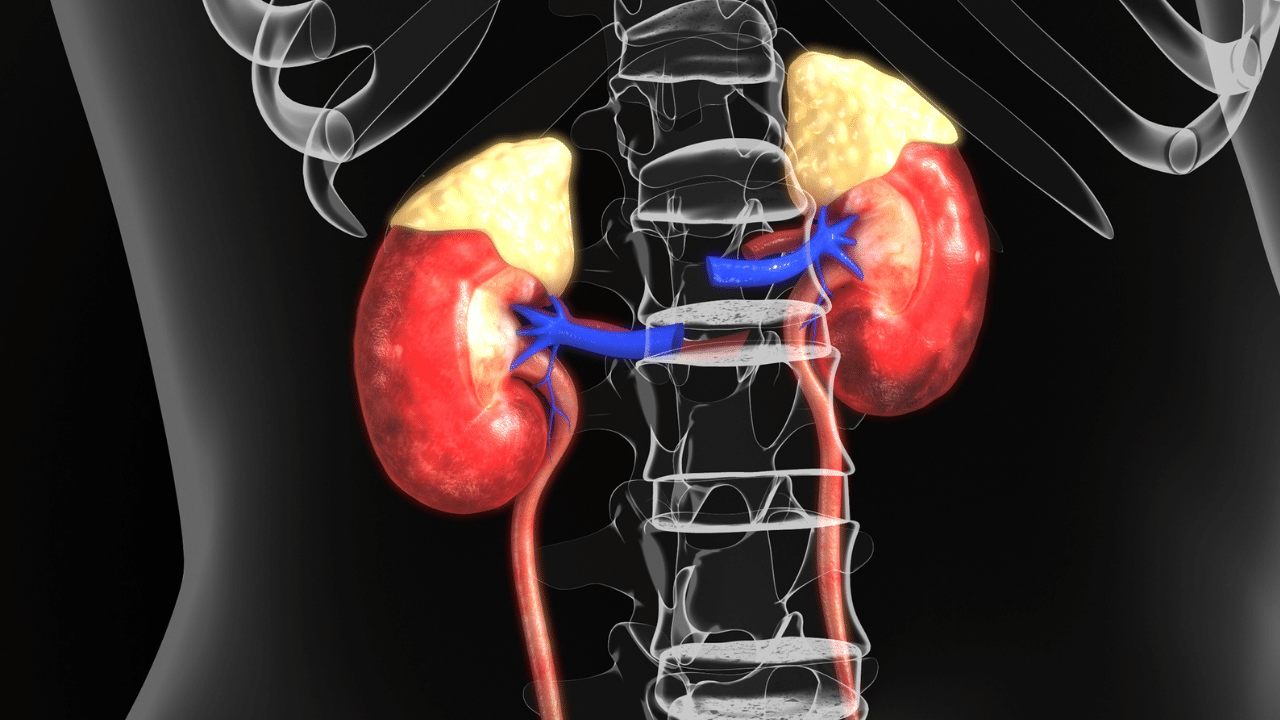
Course Content
Expand All
Lesson Content
0% Complete
0/3 Steps
Lesson Content
0% Complete
0/4 Steps
Lesson Content
0% Complete
0/7 Steps
Lesson Content
0% Complete
0/3 Steps
Lesson Content
0% Complete
0/3 Steps
Lesson Content
0% Complete
0/3 Steps
Lesson Content
0% Complete
0/5 Steps
Lesson Content
0% Complete
0/4 Steps
Fruits | Week 12
3 Topics
Expand
Lesson Content
0% Complete
0/3 Steps
Preview this Course

Not Enrolled
This course is currently closed
Course Includes
- 12 Lessons
- 49 Topics
- 1 Quiz
Recent Comments
idayat on Causes of Electoral Malpractices: “I really love the explanation , it was super helpful” Apr 16, 12:20
Login
Accessing this course requires a login. Please enter your credentials below!



Thank you
Thank you